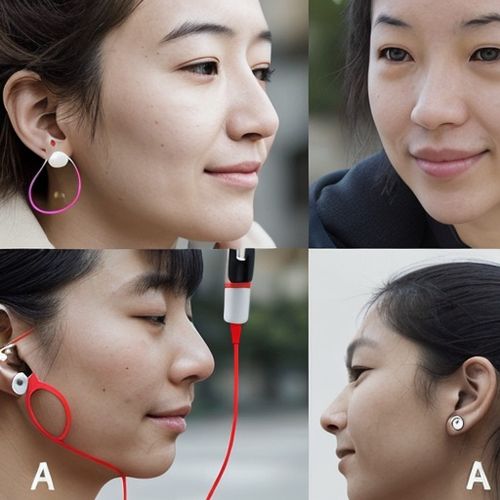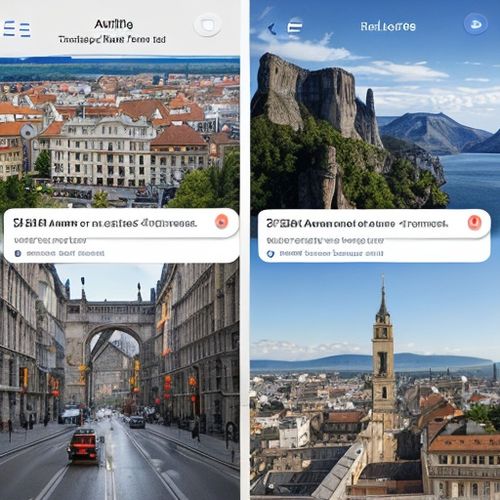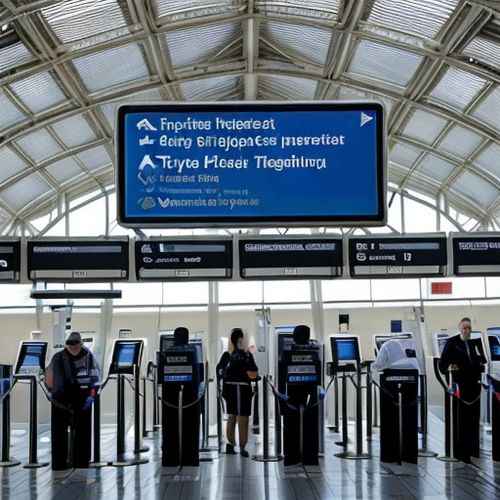The hum of anticipation in airport security lines has taken on a new tone in recent years - one punctuated by the quiet beeps of facial recognition systems. As more international airports adopt biometric screening technology, travelers find themselves confronting a paradox: systems promising faster processing that sometimes deliver uneven results.
At Singapore's Changi Airport, where facial recognition was introduced in 2018, business traveler Mark Ellison describes the experience as "either lightning fast or slightly slower than traditional methods - there's no in-between." His observation echoes a growing sentiment among frequent flyers. The technology works flawlessly when it works, but occasional hiccups create bottlenecks that defeat its purpose.
The promise of seamless travel initially drew massive investment from airport authorities worldwide. Dubai International installed 122 smart gates in 2020, while London Heathrow expanded its biometric e-gates to all terminals last year. The selling point remained consistent across continents: walk up to a camera, get verified, and proceed - no passport scanning, no boarding pass checks.
Early adopters like Aruba saw processing times drop from minutes to seconds during pilot programs. "Our average passenger clearance went from 75 seconds to under 15," revealed immigration official Elena Marquez. These success stories fueled rapid global adoption, with over 50 major airports now using some form of facial recognition for departures or arrivals.
Reality, however, paints a more nuanced picture. At New York's JFK Airport, where facial recognition became mandatory for international departures in 2022, traveler Jessica Wong noted, "The line moves quickly until someone's scan fails. Then everything stops while agents troubleshoot." This interruption pattern has become familiar at busy hubs - the system's efficiency depends entirely on 100% accuracy that even advanced AI can't guarantee.
Technical limitations emerge in surprising ways. Glasses, particularly transitional lenses, confuse some systems. Changes in facial hair or hairstyles trigger mismatches. Even the angle of approach matters - a fact that becomes painfully obvious during rush hours when tired travelers forget to remove hats or face the camera directly.
Privacy concerns add another layer of complexity. While U.S. and Asian airports generally mandate biometric screening for international travelers, European airports must navigate stricter GDPR regulations. This has created a patchwork system where some passengers can opt out, slowing overall processing as agents handle mixed queues of biometric and manual verifications.
The learning curve affects both machines and humans. In Sydney, immigration officer Liam Chen explains, "We've had to train passengers almost as much as the system itself. People still try to scan boarding passes at face recognition points or stand too far from cameras." These small misunderstandings accumulate, sometimes negating the technology's time-saving potential during peak hours.
Weather conditions present unexpected challenges too. At Doha's Hamad International, officials found that passengers arriving from cold climates often wear scarves or flushed faces from temperature changes - both factors that temporarily reduce recognition accuracy. Similar issues occur in tropical airports where passengers wipe sweat from their brows just before scanning.
The speed advantage becomes most apparent during off-peak hours when systems operate below capacity. Vancouver Airport reports 12-second processing at 3 AM but acknowledges this doubles during evening rushes. This variability makes it difficult to advertise consistent time savings - a frustration for airports that invested heavily in the technology's marketing.
Children and elderly travelers present unique hurdles. Tokyo's Narita Airport found recognition rates dropped nearly 30% for passengers under 12 and over 70, prompting manual screening lanes specifically for these age groups. While this improves overall efficiency, it means certain demographics rarely experience the promised speed benefits.
Behind the scenes, integration issues sometimes undermine the technology. Legacy systems at older airports struggle to communicate with new biometric hardware. A well-documented incident at Paris CDG last year saw facial recognition gates fail entirely for six hours when a software update conflicted with existing security databases.
Perhaps most telling are the observations of flight crews. Singapore Airlines purser Anita Desai notes, "We see biometric lines move faster on paper, but crew members still budget the same time for airport transit. There are too many variables now to assume any process will be consistently quick." Her pragmatic approach reflects an industry learning to balance technological promises with operational realities.
As the technology matures, airports are finding middle ground. Many now position facial recognition as one of several options rather than a universal solution. Hong Kong International Airport maintains parallel systems, allowing travelers to choose between biometric, e-gate, or staffed counters based on their preferences and circumstances.
The future likely holds hybrid solutions. Airports in Seoul and Amsterdam are testing systems that combine facial recognition with brief passport scans - a compromise that maintains speed while providing fallback verification. Early data suggests this approach reduces failure-related delays by over 40% compared to pure biometric systems.
For now, the question of whether facial recognition actually speeds up airport processing yields the same answer as many travel-related queries: it depends. On the airport, the time of day, the passenger's profile, and a dozen other variables that remind us even the most advanced technology must adapt to the wonderfully unpredictable nature of human travel.

By William Miller/Apr 11, 2025

By Lily Simpson/Apr 11, 2025

By Thomas Roberts/Apr 11, 2025

By John Smith/Apr 11, 2025

By Thomas Roberts/Apr 11, 2025

By John Smith/Apr 11, 2025

By Rebecca Stewart/Apr 11, 2025

By Sophia Lewis/Apr 11, 2025

By Sophia Lewis/Apr 11, 2025

By Lily Simpson/Apr 11, 2025

By Sophia Lewis/Apr 11, 2025

By William Miller/Apr 11, 2025

By Ryan Martin/Apr 11, 2025

By David Anderson/Apr 11, 2025

By Ryan Martin/Apr 11, 2025

By Laura Wilson/Apr 11, 2025

By Eric Ward/Apr 11, 2025

By Ryan Martin/Apr 11, 2025